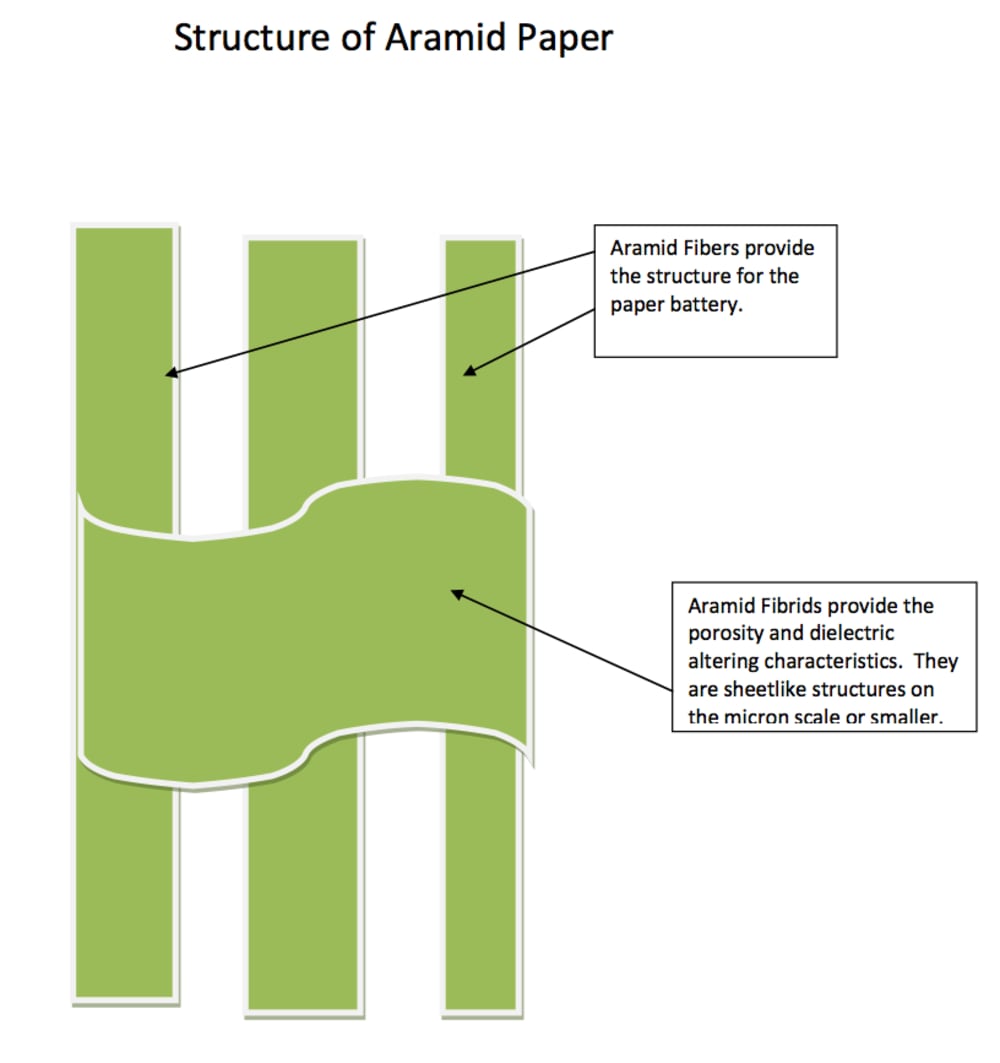Last year, Stanford University demonstrated that paper can be used as a “battery” or energy storage device with the proper application of a conductive material, such as carbon nanotubes (CNT). Details of this work can be found in “Highly conductive paper for energy-storage devices” by Hu, Choi, Yang Jeong, Mantia and Cui (www.pnas.org). This amazing technology can be seen at: http://news.stanford.edu/news/2009/december7/nanotubes-ink-paper-120709.html
This technology has the potential to revolutionized consumer electronic products as well as other energy storage applications.
However,cellulosic paper is probably not the substrate technology to be use for paper batteries. Normal cellulosic paper is combustible, variable and can be subjected to dimensional stability problems like cockling or curl. For some of the more demanding applications, the porous media should be able to withstand a high temperature, have precise dielectric properties throughout, meet porosity requirements for carbon nanotube coating and be dimensional stable. In addition, the paper needs to be manufactured consistently on a large scale. In other words, you cannot have paper batteries with varying voltages or currents. There is definitely a need for a porous substrate that can bring this technology to commercial reality.
There is a patent pending on using aramid paper as a substrate for paper batteries. Aramid paper provides the following advantages:.
1. Aramid papers have a higher degradation temperature
than cellulosic papers or other synthetic papers. They
degrade between 350-500 C, and tend to char on the
surface. This is a tremendous benefit for applications
were the paper absolutely should not be readily
combustible.
2. Unlike cellulosic papers in which the fibers are
bonded together primarily by hydrogen bonding which
can lead to issues of dimensional stability issues like
curl or cockling, aramid papers have superior
dimensional stability.
3. Also, in terms of developing uniform and consistent
porosity profiles for nano- coating applications, such
as the application of CNT for paper batteries, the
porosity can be modified by manipulating the fibrid
size and content. This is a tremendous benefit in
regulating porosity and dielectric properties.
4. Aramid papers tend to be close to 100% compositionally
while cellulosic paper contain a host of residual and
surface chemicals: sizing, retention aids, biocides and
fillers that may impact porosity, dielectric and other
properties. Regulation of this composition is to a very
precise level is difficulty in cellulosic papermaking.
Like this entry?
-
About the Entrant
- Name:Coray Harper
- Type of entry:individual
- Patent status:none

